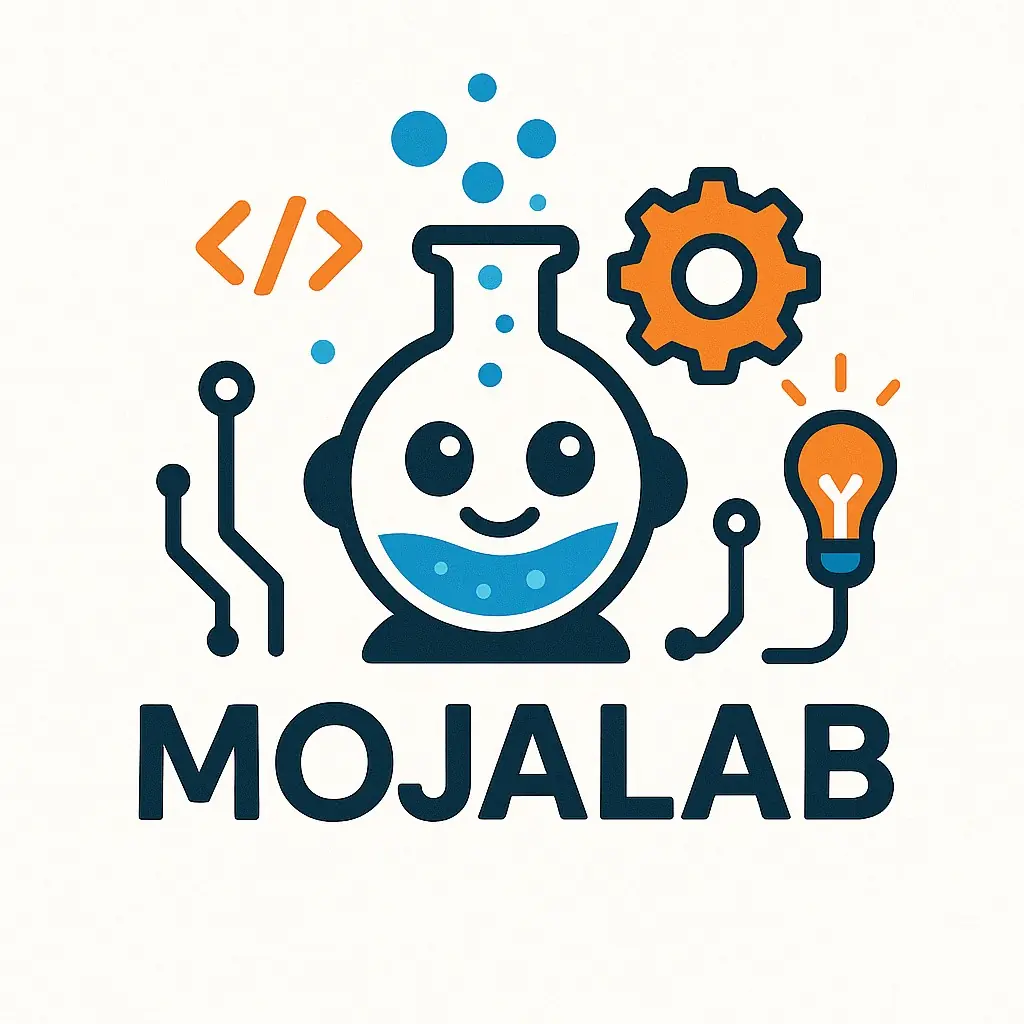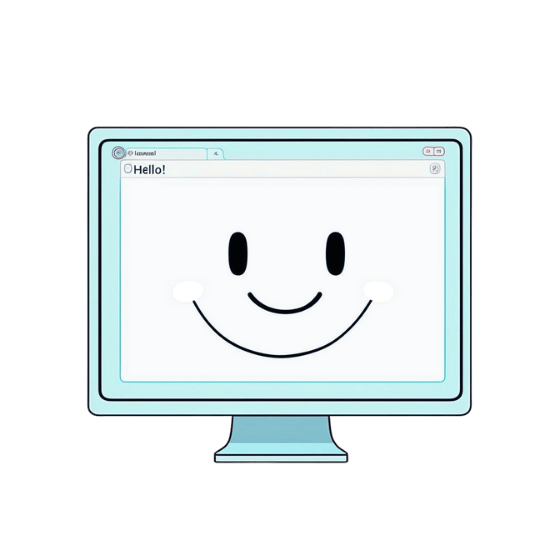Navigating Linux command-line tools can be overwhelming, especially when faced with verbose man pages. While randomly browsing the internet, I stumbled upon TLDR, a simple, community-driven cheat sheet for the terminal.
I found it incredibly useful and thought it was worth sharing. If you’re looking for concise, practical examples without the clutter, TLDR might just become your new best friend too.
What is TLDR?
TLDR stands for "Too Long; Didn't Read," and it's exactly that—a collection of simplified man pages designed to provide quick, practical examples for popular commands.Maintained by a global community, TLDR aims to make the terminal accessible for everyone, from beginners to seasoned pros.
Of course, it's always better to read the documentation carefully and really understand what you're doing, but since IT is such a vast playground, there might be times when you forget the syntax of nmap or even tar. That's where TLDR can help, saving you precious time.Imagine typing tldr tar and getting immediately usable examples instead of wading through man tar extensive options.
This is TLDR in action:
doradame@mojalab ~ % tldr tar
tar
Archiving utility.
Often combined with a compression method, such as `gzip` or `bzip2`.
More information: <https://www.gnu.org/software/tar>.
- [c]reate an archive and write it to a [f]ile:
tar cf path/to/target.tar path/to/file1 path/to/file2 ...
- [c]reate a g[z]ipped archive and write it to a [f]ile:
tar czf path/to/target.tar.gz path/to/file1 path/to/file2 ...
- [c]reate a g[z]ipped (compressed) archive from a directory using relative paths:
tar czf path/to/target.tar.gz --directory=path/to/directory .
- E[x]tract a (compressed) archive [f]ile into the current directory [v]erbosely:
tar xvf path/to/source.tar[.gz|.bz2|.xz]
- E[x]tract a (compressed) archive [f]ile into the target directory:
tar xf path/to/source.tar[.gz|.bz2|.xz] --directory=path/to/directory
- [c]reate a compressed archive and write it to a [f]ile, using the file extension to [a]utomatically determine the compression program:
tar caf path/to/target.tar.xz path/to/file1 path/to/file2 ...
- Lis[t] the contents of a tar [f]ile [v]erbosely:
tar tvf path/to/source.tar
- E[x]tract files matching a pattern from an archive [f]ile:
tar xf path/to/source.tar --wildcards "*.html"
Why Use TLDR?
- Simplicity: Only the most useful examples are shown.
- Time-Saving: Skip the learning curve and get right to what you need.
- Beginner-Friendly: A great resource for those learning Linux.
- Community-Driven: Updated regularly by contributors worldwide.
How to Install TLDR
Getting started with TLDR is a breeze. It supports all major platforms and package managers:
On Debian/Ubuntu:
sudo apt update
sudo apt install tldr
On macOS with Homebrew:
brew install tldr
Using npm (for cross-platform installs):
npm install -g tldr
Other Options:
Check the TLDR page for installation methods on other systems, including Windows.
How to Use TLDR
Once installed, TLDR is straightforward to use. Simply type tldr followed by a command you want help with.
Examples:
-
Get examples for
ls:tldr lsOutput:
# List files in the current directory ls # List files with detailed information ls -l # List all files, including hidden files ls -a -
Learn
lsofbasics:tldr lsofOutput:
lsof Lists open files and the corresponding processes. Note: Root privileges (or sudo) is required to list files opened by others. More information: <https://manned.org/lsof>. - Find the processes that have a given file open: lsof path/to/file - Find the process that opened a local internet port: lsof -i :port ... ... -
Update local database:
doradame@mojalab ~ % tldr --update Successfully updated local database
Contributing to TLDR
Like TLDR? You can make it even better! The project is open-source, and contributions are welcome. Add new examples, fix outdated ones, or just spread the word.
Start contributing here: GitHub - tldr-pages
Final Thoughts
TLDR is a must-have tool for anyone navigating the Linux command line. It’s fast, practical, and lightweight, making it perfect for sysadmins, developers, and tech enthusiasts. Whether you’re troubleshooting, learning, or just working efficiently, TLDR ensures you spend less time reading and more time doing.
Try it now! Your terminal will thank you. 🚀

